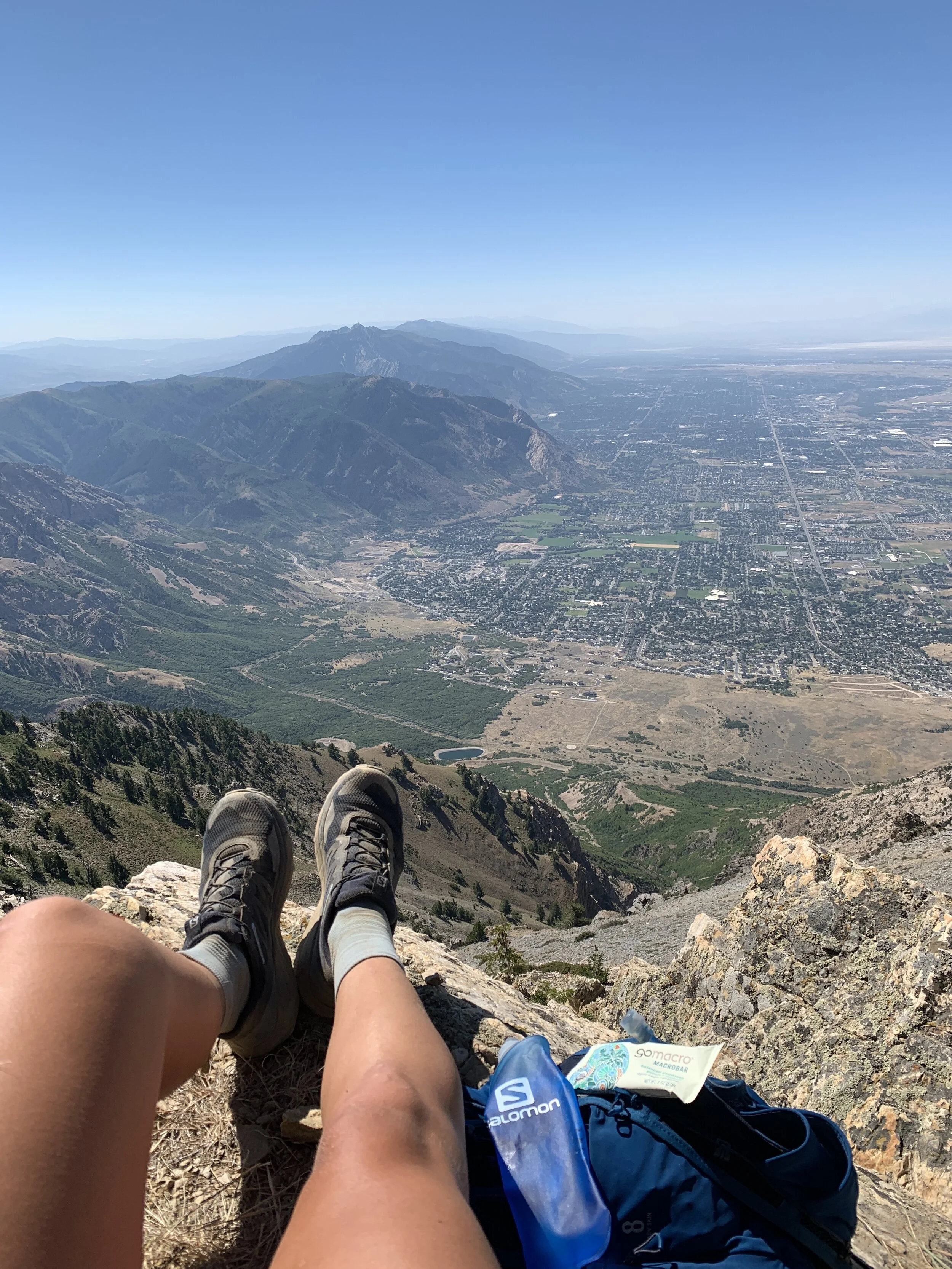A year ago, I signed up for my first Sprint Tri, the XTERRA PAN AM Offroad Championship race at Snowbasin Resort in Eden, UT. I’ve been a runner the majority of my life, and had recently picked up cycling. But swimming…I had no formal experience outside of growing up swimming near the Great Lakes. However, working for Suunto, the title sponsor, was enough temptation for me to take the plunge and sign up!
Fast forward to crossing the finish line last September at Snowbasin Resort, I was hooked!
Disclaimer: This post is for all the other newbie Triathletes out there. When researching if St. George was a bad idea for my first 70.3 I had a tough time finding anyone’s perspective. I hope you gain something from this :)
Choosing a race?
Because this was my first 70.3, I wasn’t willing to invest in a coach just yet. Instead, I reached out to the Betty Squad (Betty Design's team of ambassadors) and took to researching on Google to find a beginner plan. After many recommendations, I ended up going with Matt Fitzgerald’s Super Simple Tri Plan.
Training
My training consisted of:
· 3 x swim & run days / week (one longer distance day)
· 3 x cycle / week (one longer distance day)
· 1 rest day
Swim
With the race being in May, I spent all of my swim training in a pool. I even took some beginner swim lessons to brush up on some of the basics.
Bike
80% of my training was done on my trainer, using the Zwift app. This was convenient, and with shorter winter days, I didn’t have the chance to get outside after work before dark. As soon as it started to stay lighter longer, and warmed up enough that I was okay with arm and leg warmers, I tried to ride outside at least for all of my longer efforts.
Run
Much of my running in January and February was spent on the treadmill, with some of the longer efforts done outside on the weekend. I found it easiest to go straight from the pool to the treadmill in the mornings, and have my workouts completed by the time I went to work. We had a fairly mild winter in Utah this year, and by March, I was able to switch to running outside.
Other factors
Training through the winter often meant hopping on the trainer or going for a quick run through the neighborhood after a long day of skiing, or often times…missing ski days all together. To help find a balance between making sure I was prepared for St. George, and not missing out on too many ski days, I did both, as much as I could without feeling burnt out. If a long, hard, powder day left my legs feeling trashed, I’d listen to my body and cut my cycle in half, or maybe skip it all together.
I also made a trip down to St. George 6 weeks before the race to ride the course and swim in the reservoir. I’m so glad I did this and would recommend training the course as much as possible. (Before XTERRA – my ‘normal’ MTB route was the course, this helped a ton!)




























